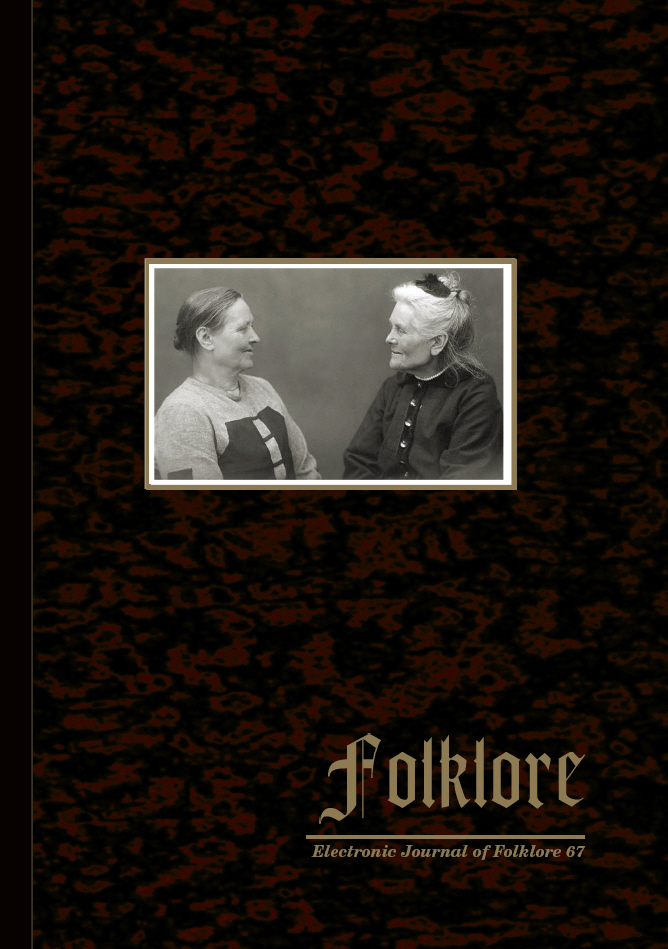Towards a Typology of Parallelism in Estonian Poetic Folklore
Towards a Typology of Parallelism in Estonian Poetic Folklore
Author(s): Mari SarvSubject(s): Customs / Folklore, Estonian Literature, Cultural Anthropology / Ethnology, Culture and social structure
Published by: Eesti Kirjandusmuuseum
Keywords: folklore; folk songs; oral poetry; parallelism; poetics; proverbs; riddles; runosong; sayings;
Summary/Abstract: The article gives an overview of the uses and features of parallelism across different genres of Estonian poetic folklore, focusing on the genres in which grammatical parallelism forms an important means for structuring texts. Relying on her own previous research on runosongs and short forms of folklore (Sarv 1999, 2000, 2003), the results of the syntactic analysis of runosong texts in Helle Metslang’s dissertation (1978), Juhan Peegel’s definition of poetical synonyms in runosongs (Peegel 2004), and proceeding from the concept of poetical system (Sarv 2000), the author proposes a definition of the type of parallelism canonical in the Finnic runosong tradition. Two other types of parallelism, used in different genres of Estonian poetic folklore, are discerned on a similar basis, taking into account the relations between the elements of the poetical system. The proposed typology proceeds from the assumption that the regular use (or absence) of euphonic means is related to the type of parallelism used. In this case – as the study proves – the types of parallelism are distinguished by the semantic relations between the parallel elements (words or phrases) in grammatically parallel units, rather than by semantic relations between the whole parallel units or by formal features like range or length. There appears to be a clear tendency: the use of euphony (alliteration and word-structure repetitions) in parallelism types increases in relation to the diminishing of the semantic load of the parallel elements.
Journal: Folklore: Electronic Journal of Folklore
- Issue Year: 2017
- Issue No: 67
- Page Range: 65-92
- Page Count: 28
- Language: English

